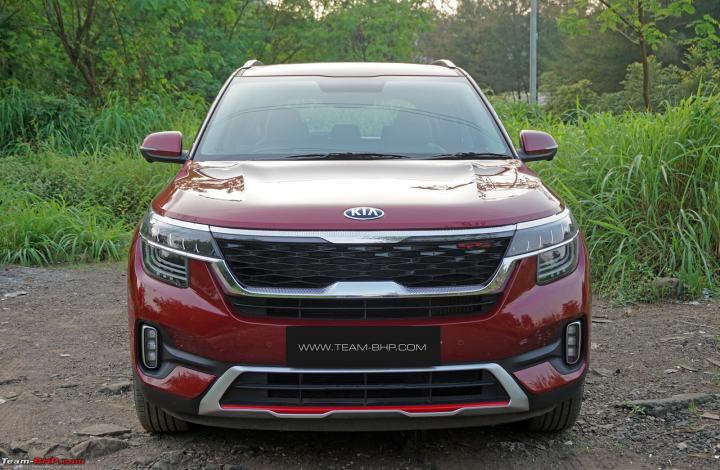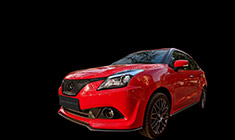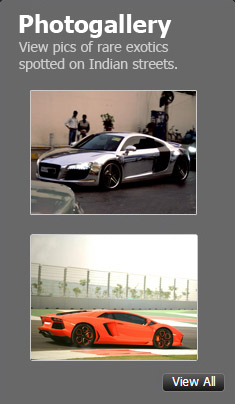News
How some car brands find success, while others fail in India
I believe that rather than looking at why 'xyz' brands fail(ed), we should look at what makes a successful brand, successful in India.
BHPian Stribog recently shared this with other enthusiasts.
Every auto forum, enthusiast conversation these days when it comes to 4-wheeler brands devolves ultimately into "why the tin can makers thrive while huge brands like Toyota, VAG fail".
I believe that rather than looking at why 'xyz' brands fail(ed), we should look at what makes a successful brand, successful in India.
One way to understand this is, is to plot it on the Price Benefit grid from which we would get the customer value proposition.
There are 2 ways a brand can be successful in offering a compelling value proposition, or as one infamous Godfather said, "make you an offer you can't refuse".
- Offer more benefits for less price, this is also known as "the steal"
- Offer more benefits for a higher price, this is the brand premium.
The only exceptions here would be married to the Dussenbery effect aka the demonstration effect, but these too need a compelling value proposition.
To break the Step 1 or 2 as listed above, a brand needs to establish a halo product, and penetrate enough in the market that just by its presence it can scale up the price / value proposition. One brand that does this very well would be Apple (world over and in India too) or even the 1+ brand.
So moving back to the 2 options available.
There are some key elements that anyone in the none luxury end of the market looks for, and these are brand agnostic.
- Peace of mind: Now this is largely subjective and market driven. The average lay car buyer does not spend hours in auto forums like this, do research etc. They go by market consciousness or a wide unspoken belief system. Here for instance, a MS is known to give you absolute peace of mind. Right or wrong, this is an absolute belief and other brands can break this (not unless say MS themselves score self-goals)
- Accessibility to dealers, and consequently ASS networks: No one likes driving 1 hour just to give your car for a service, at least no layperson will.
- Cost of ASS: Again, the average customer services the car in authorised service centres during the warranty period and possibly shifting to the nearest Garage (not some exclusive F(n)G). So distances again come into play here. And things like DIY for simple or complex fixes are absolutely ruled out.
These are not directly related to the product but tangential to it, the product needs to be,
- Cost Effective! NOT CHEAP. Ask Tata and the failure of their Nano to understand just how this phenomenon works. You CANNOT market something as cheap, it just won't work because the demonstration effect (see above) kicks in. You can't be seen in something "cheap", so cost effective is the key word.
- Features - I have not studied other markets, but the Indian market likes to consume VFM products, be it cars or underwear and a feature list, which will be compared against its competition is a vital element here.
- Then comes in, with much smaller weightage things like displacement, engine tune etc etc.
All of the above are considered features, not just the features you might find in your car.
Don't forget, the buying of a car in India is not a personal affair but a family affair (As many in our own forum will testify), so you can wax eloquent on the DSG autobox or the torque etc, and if you are on the right side of 40, you will get shut down by whatever your mom, wife, dad, elder bro, uncle have to say about it.
Plot all this on a Maslowian hierarchy of needs.
Aspects like say the GNCAP would be right on top, far removed from baser day to day requirements.
MS Operates on the Less Price, More Features area of the grid. Their dealer network is unmatched, they are legendary for their peace of mind, bullet proof reliability, ASS is a given, be it Ladakh or some remote village near Kanyakumari. And the Dussenbury kicks in here, you see your friends, neighbours own a MS, it then becomes that much easier to pick up a MS.
Hyundai got this very early on in the game, they are basically MS v 2.0 but with a wider spread of products (MS usually CANNOT sell in the B segment and above category, and don't even make cars for the D + category).
The likes of VAG, Ford, Toyota are neither here nor there. So in the price benefit grid they would be in the more price, lesser benefits or same price, same benefits areas.
So a product like a Figo, quite a compelling product no doubt but it is in the highly competitive same price, same benefits area which its competition has saturated.
New entrants like SAIC have studied this market and come up with a product that far exceeds the less price, more benefits segment which is why they move so many units of a 20L average OTR sticker price product. Nissan after a dismal performance in the High price, less benefits segment of the grid, has knocked it out of the park with its Magnite which is entirely in the less price, more benefits (though things like dealer network remain poor, but that is how compelling this product is).
Blaming abstract elements like tax policies (SAIC and Kia have the same tax policies a Ford or VAG have don't they?), or worse, the "market" is just inexplicable to me.
If OEM's like VAG, Ford etc., want to succeed? And they can, the Indian auto market has been growing at a crazy clip and will continue to do so for the next few decades, they have to take a page from the likes of Nissan and reinvent themselves.
Offering products that do not resonate with the market would be the shortest way to Harakiri.
Here's what BHPian CARDEEP had to say on the matter:
Maruti Suzuki's success can solely be attributed to govt support & policies. After all, it was govt. owned company back then. It offered peace of mind ownership courtesy widespread dealership & Japanese control on quality & procedures. Had Maruti not happened to Suzuki, it would have been a defunct brand owned by Toyota like Nissan owned Datsun.
Hyundai was able to replicate some of Suzuki's successes because of their tall boy Santro which redefined the market, & was ably supported by service network. The role of Accent & Diesel Verna cannot be ignored. Kia, courtesy Hyundai, has done the homework well & entered the appropriate segment to make an impression than go for sheer numbers.
SAIC's MG brand is successful because of gizmos & marketing blitz & having a competitive product in entry-level aspirational segment.
Other marquee brands are too busy for smaller markets than being in mass market like India. They want Indians to squeeze the last penny from the purses, & in many cases their vehicles are too delicate to be driven over puddles. Of course, they all blame govts for tax structure, but conveniently ignore their profit margins that are often bigger/ fatter than cost of manufacturing the vehicle.
Here's what GTO had to say on the matter:
The reasons why Maruti clicked are entirely different from Hyundai. The reasons why the two newcomers were successful are also vastly different. Kia & MG both did their branding right, although Kia was 10X more aggressive with the product, variants, engines, dealers, production, logistics etc. Imagine giving your suppliers a commitment of 8000 Seltos a month before your factory is even ready!!! That was deadly. For a Chinese brand, I think MG did a fair job with the Hector; the product also did a lot of self-selling due to the size, features & bling.
But not everyone wants to beat Hyundai or Maruti. If I was the CEO of a car company that is at no 5 or 6, am meeting my targets and enjoying profits + a little growth every year, I'm happy. It's a misnomer that every car company wants to be the no.1, no.2 or even no.3.
Early success, definitely yes. It was pretty much run like 'Government Motors' for the first decade. But post liberalisation, all MNCs arrived and Maruti actually slumped. From the 2000s till date, I will state that Maruti's success is well earned, well deserved and fought hard for. There has been no favouritism for it from the authorities.
Check out BHPian comments for more insights and information.























